The Agile and Kaizen debate has been raging for several years now. Until recent times, the former was primarily used in manufacturing and the latter in requirement management software development. However, as the lines between these begin to blur and the world looks at a more globalized and standardized process of achieving excellence, could a confluence of these beliefs pave the way for the future? Let’s take a look.
What is Kaizen?
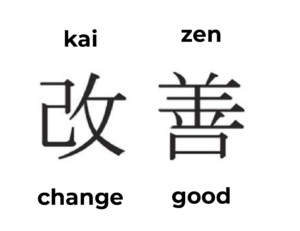
Kaizen is a Japanese philosophy that pushes for change for the better. In other words, continuous improvement. Companies like Toyota were the first to implement it in the form of quality circles in production. The West, upon discovering this gem, was absolutely mesmerized by the efficiency that it delivers, so much that it became a core component of lean manufacturing.
Kaizen is governed by the following principles:
- Improve all processes continuously.
- Let go of excuses and make things happen.
- Abolish old and traditional concepts.
- Correct any wrongs that come in the way.
- Reject the status quo of implementing new methods and assuming how they will work.
- Empower and encourage everyone to be a part of the problem-solving process.
- Consult multiple people.
- Follow the 5 whys while making decisions.
- Save money through small improvements and redirect the savings on further improvement.
- Never stop trying to improve as there is no limit to it.
What is Agile?
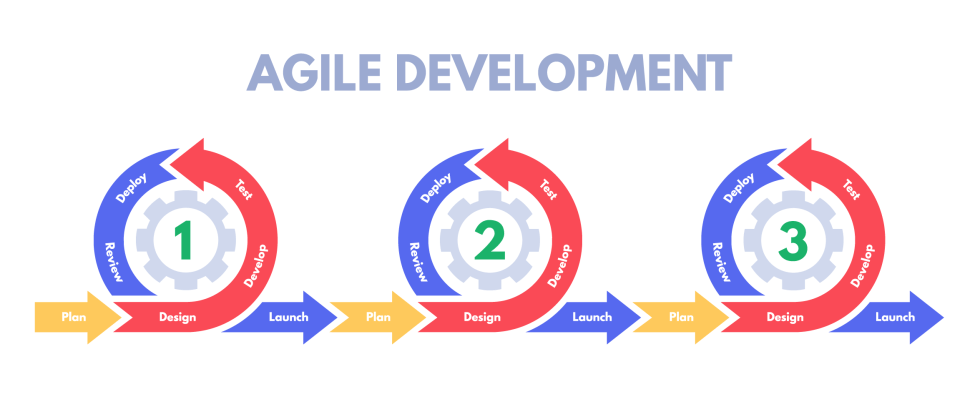
Agile is a more recent development that emphasizes iteration to enable faster delivery for every cycle. The idea was formalized in 2001 through the preparation of the Agile Manifesto that talks about 12 primary principles:
- Improve customer satisfaction through continuous and early software delivery.
- Accommodate changes throughout the development process.
- Deliver value intermittently and frequently.
- Destroy the silos existing within the project.
- Set up projects around motivated individuals.
- The working of the software is the primary metric for success.
- Maintain a sustainable pace of work.
- Face-to-face conversations are the most effective form of communication.
- Continuous excellence supports agility.
- Simplicity is essential.
- Self-organizing teams deliver maximum value.
- Update and adjust your way of working periodically to stay effective.
Kaizen and Agile: The Path to Unparalleled Operational Excellence
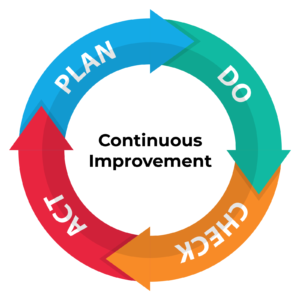
The path to continuous improvement lies in the Kaizen-Agile augmentation as they are fundamentally two sides of the same coin. After all, both are driven by the same purpose of:
- Delivering value to the customer in the most efficient manner possible.
- Discovering ways to learn and improve continuously and consistently.
- Connecting strategies with goals transparently to grant purpose to teams.
- Enabling individuals to contribute and lead at their full potential.
As a result, both may be viewed as complementary systems that sustain a flourishing symbiotic relationship to achieve operational excellence.
The Kaizen-Agile model is underpinned by the common mindset and shared set of principles that allow:
Connecting Talent to Unlock Value
While Kaizen employs models like work cells, Agile introduces cross-functional teams – both of which are essentially team models that connect individuals to build functional units for delivering value or realizing common goals. As such, even though the nomenclature differs, the goal is pretty much the same, that is, to connect individuals, form teams, and deliver results. Further, the team formation process unlocks greater value by tapping into the potential offered by individuals and orchestrate it into a synchronized team effort. As a result, all contributions are amplified across the value chain.
Discovering New Ways to Work
Kaizen introduces the philosophy of continuous improvement, while Agile adds scrum for effective management. And although the former was initially used for high repeatability and predictability, it later took the form of expert curation that coordinates complex interactions while factoring in the interdependencies. Similarly, agile has transformed in the recent past to extend to multifunctional and self-managed teams that operate in the back-end than the traditional customer-facing layers.
As such, Kaizen and Agile have overcome their respective pitfalls to shape as per the project requirements. This amalgamation is paving the way for new associations and ways to work while also streamlining the existing processes.
Iterative Development
Both Kaizen and Agile models break away from the mold that every team or process is or must be ‘perfect’. On the contrary, it introduces the concept that they are just enough flawed to bear the scope for improvement that will take place as a function of time. Therefore, accepting the imperfections and transforming them into opportunities will allow the growth of a collaboration action.
However, to attack the deficiencies, these models depend on repeatability that introduces small and incremental changes within the process at every step. After every iteration, there will be a notable refinement of the cyclic development process, which will further amplify its impact and lay the path for continuous improvement.
Illustration of the Kaizen-Agile Model
The Kaizen-Agile coupling essentially offers businesses and project managers the best of both worlds. They can then finetune the greater dependence on lean management or agile systems depending on the use cases.
The resultant effect can be demonstrated in the following use case that uses Kaizen-Agile in finance for customer service improvement.
Consider a financial institution that is struggling to offer impressive customer service. Its contact centers take as many as two months to resolve customer queries. The greatest culprit to this effect is the sheer volume of incoming customer requests that are occupying the specialists’ time. Further, the problem gets compounded by the fact that the system operates on a data relay model with no clear owner. As a result, the operation is quite disparate while blocking the measurement of performance metrics at the grander scale.
To address this issue, we can use the Kaizen-Agile model in the following ways:
- Utilize value-stream mapping and design thinking from lean management to restructure the customer experience for a given process.
- Perform a complete overhaul of the performance metrics to reflect SMART goals.
- Use agile to build self-managing, cross-functional teams that honor accountability and manage collaborative action.
- Establish a single point of contact to streamline data flow and minimize handoffs.
The result would be a massive drop in the average time required to resolve customer issues. Subsequently, the customer satisfaction rates also rose, along with the engagement levels. As a result, the Kaizen-Agile model uplifted the customer experience segment with its two-pronged strategy!
Concluding Thoughts
From the above, it is clear that Kaizen and Agile are not diametrically opposite and can, in fact, work in tandem. As such, rather than following an either-or model, businesses must make an effort to blend the two to devise a strategy that works for them.

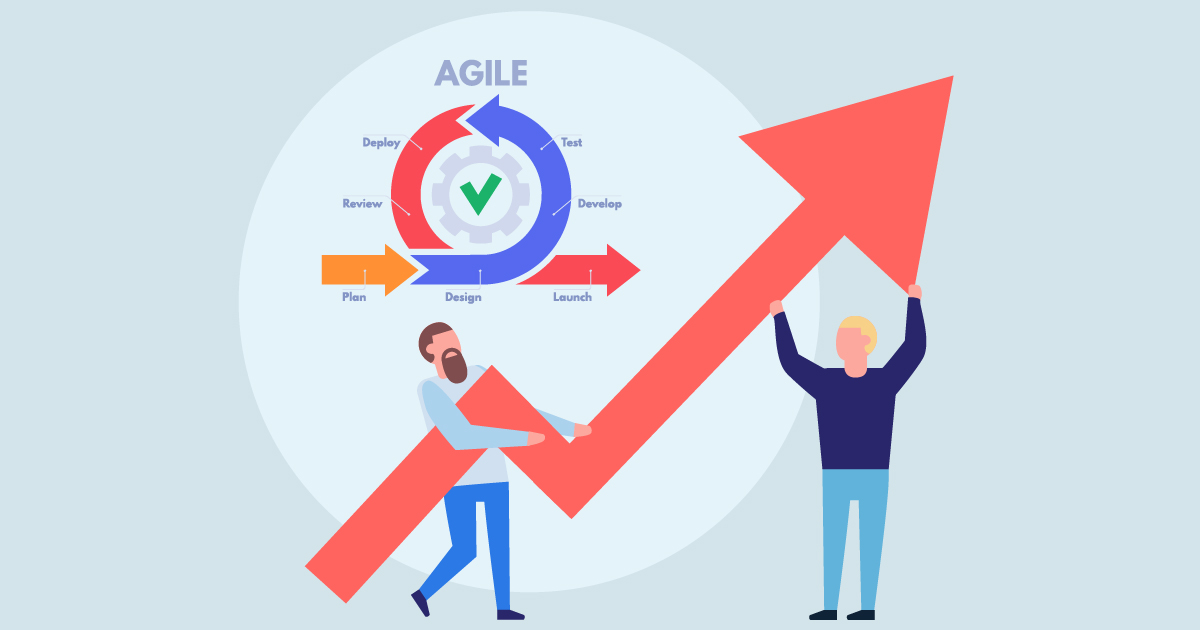



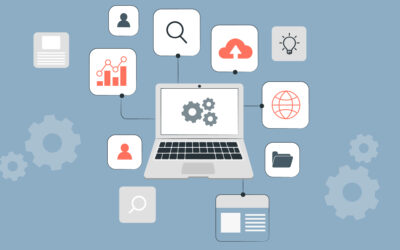
0 Comments